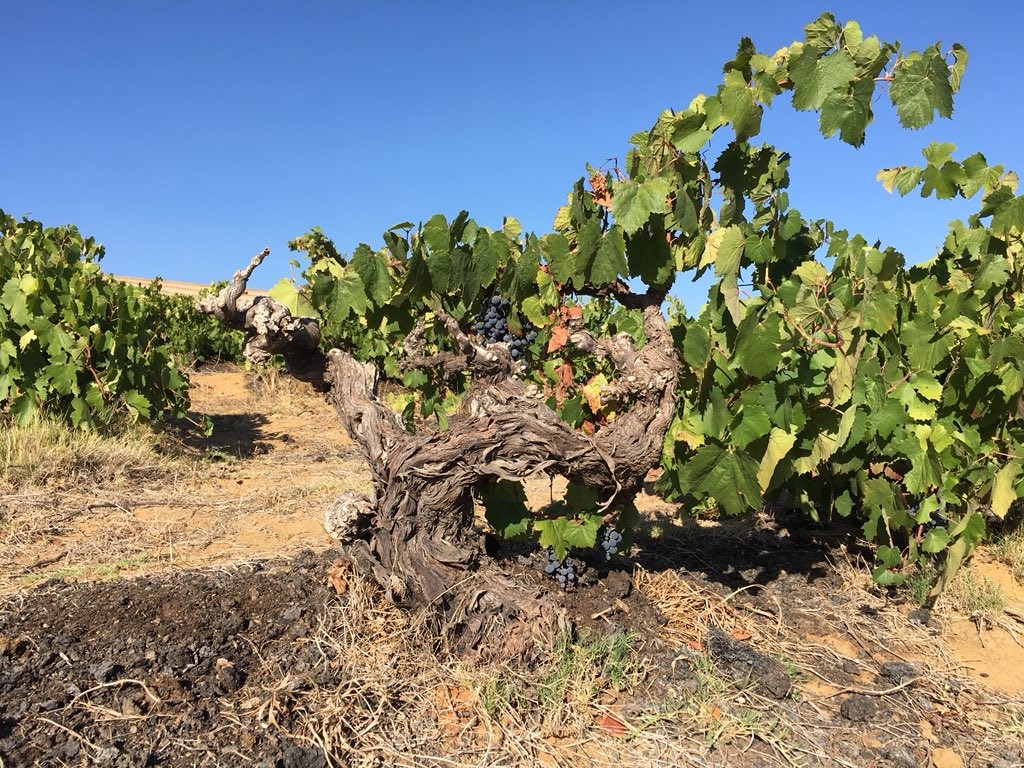DEFYING DROUGHT
The Western Cape is considered to have a Mediterranean climate, one providing warm, dry summers and cold, wet winters.
Except it hasn’t worked like this in recent years. According to the Climate System Analysis Group at the University of Cape Town (www.csag.uct.ac.za) ‘2015-2017 was the driest three-year period on record that started in the early 20th century.’ So far, 2018 has offered no relief: water allocations have been cut, forcing some wine farmers especially up the West Coast, to decide which vineyards are economically worth saving, which aren’t.
Not all areas are faced with the same level of drought: Elgin and Hemel-en-Aarde, cooler regions which receive some summer rain, are better off than warmer ones like the Swartland.
It is a reality that many vineyards which have struggled or died in the drought will not be replaced: SAWIS’ figures show 2013’s 99,687 hectares of wine grapes, fell to 95,775ha in 2016.
Bearing this in mind, never has it been more necessary to carefully study which varieties can tolerate the drier conditions the Western Cape might well have to get used to. In this case, choice of rootstock is as important as the variety. According to Charles Visser of Vititec grapevine nursery in Paarl, South Africa does have good drought-resistant rootstock; he lists 110 Richter, 140 Ruggeri and 1103 Paulsen among them.
With regard to the grape variety itself, before planting Sijnn vineyards at Malgas, along the Cape South Coast, David Trafford compiled as much information as he could on a wide spectrum to help determine the best suited to this untested spot. Drought resistance was one criteria, though the higher incidence of rot in the area was a limiting factor. Charles Visser has since added to the list. Assyrtiko and Chenin Blanc showed excellent potential among whites, with Cabernet Sauvignon and Grenache Peluda promising reds.
Of course, considerations other than drought-tolerance or resistance come into play given the Cape’s diversity. As Trafford notes, ‘..some varieties are much more flexible than others. Chenin is a classic example. Who would have thought a variety from the mild, wet middle Loire valley would be so at home in the hot, windy, dry climate of the Cape!’
If the drought is affecting vineyards which have had access to water, dryland viticulture, where rain is the only source of irrigation, might sound a disaster waiting to happen; as Janno Briers-Louw points out in his Cape Wine Master’s dissertation on Dryland Viticulture in South Africa; ‘The suitability of a certain site for dryland viticulture is dependent on optimising the relationship between Total Seasonally Available Water (TSAW), the water use of a particular vineyard and the balance of the vines. ’
Briers-Louw, whose family own Eenzaamheid near Paarl, farms 420 hectares of dryland vineyard. He highlights the importance of drought-tolerant rootstock promoting deep root growth to allow the vines to search out water. Deep roots (and good mulching) also help the vines buffer themselves against high temperatures, another influence on fruit quality.
Research at the University of Adelaide (http://bit.ly/2FKrFzv) determined how grapes breathe, showing oxygen shortage correlates with cell death in the grapes, a situation worsened by high temperatures during ripening. Further research will now be undertaken into berry quality and varietal selection for adapting to a warmer climate.

30-year old Sauvignon Blanc vineyard destroyed, its 2.5 tons/ha drought yield uneconomic; in normal year it yielded 7 tons/ha
Photographer: Jaco Engelbrecht of Visualviticulture

Dry farmed old vine Tinta Barocca in the Swartland defying the drought
Photographer: Jaco Engelbrecht of Visualviticulture
Vintage 2018, one featuring drought and heat, is testing both vines and winemakers; it could prove a seminal year for viticulture in South Africa.
- Angela Lloyd